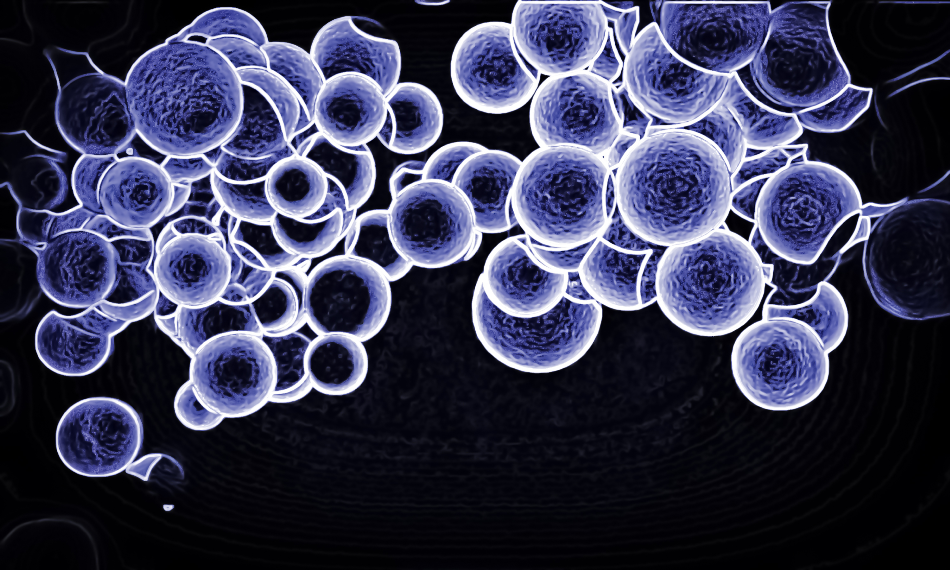
Image Credit: GiroScience/Shutterstock.com
Last June, scientists from research company Forschungszentrum Jülich, alongside those at the University of Magdeburg, both in Germany, created an innovative technique for measuring electric potentials of atoms. The method of quantum dot microscopy will be influential to the future of technology, electronics, and biotechnology, particularly for applications in chip manufacture and biomolecule characterization.
Accurately Imaging the Electric Fields of Individual Atoms
Published in the journal Nature Materials, the paper describes how the team overcame the limitations of previously available equipment to accurately measure the electric potentials of atoms and molecules, something that was previously unachievable. All matter on earth, and in the universe, is made of atoms that have nuclei with positive charges and electrons with negative charges. These charges induce potential electric fields that occur closely around the molecules or atoms which superpose and compensate for each other. However, conventional technology cannot collect quantitive measurements of these small-area fields because the differences in forces occur on the nanoscale.
To overcome this, researchers at Forschungszentrum Jülich have been working on developing a completely new method of measurement for the past few years. Back in 2015, the team established a new principle of looking at these forces. They developed scanning quantum dot microscopy that uses a quantum dot attached to the tip of an atomic force microscope as a probe. The quantum dot is small enough to be able to attach electrons in a controlled manner, one at a time, to the probe, using the atomic force microscope.
In 2015, the scanning quantum dot microscopy method still required advancements to make it suitable for practical application. The paper published this year shows how the scientists have developed the method over the past four years, now making it capable of visualizing and precisely measuring the electric fields of individual atoms and molecules. The effectiveness of the technique was confirmed by comparing its results with theoretical calculations. The team has demonstrated that just one hour is required for the equipment to produce detailed images, even of multiple nanostructures.
Four Years of Development
The key to generating incredibly clear images with the quantum dot microscope lies in the ability to keep the microscope tip relatively far (2-3 nanometres) from the sample, which is not possible with a conventional atomic force microscope.
The further away the microscope tip can be kept, the less interference is introduced to the collected data from the electric fields that are not being targeted by the probe. This results in a higher resolution image than could be achieved with an atomic force microscope.
An essential part of the equipment that allows for generating this high-resolution imagery is the controller that was developed to help automate the repeated sequence scanning. This overcame the limitations of previous scanning quantum dot microscopy work, which could only scan one single location at a time, moving and pausing to collect data. With the controller, the scanning quantum dot microscope can scan the entire sample continuously like an atomic force microscope, reducing the scan time from five to six hours for a single molecule to just one hour.
Future Developments of Quantum Dot Microscopy
The team has established a successful method of quantum dot microscopy that can measure the electric potentials of individual atoms, generating high-resolution images of entire molecules and nanostructures. However, the technique is not without its disadvantages. Much time and effort are required in the preparation of the samples, which can only occur in a vacuum at low temperatures. Researchers are confident, though, that the full potential of the method is yet to be achieved, and further development may overcome this limitation.
Numerous fields are likely to benefit from this development of quantum dot microscopy. Electronics and biotechnology being two in particular that are likely to be profoundly impacted.
References and Further Reading
Disclaimer: The views expressed here are those of the author expressed in their private capacity and do not necessarily represent the views of AZoM.com Limited T/A AZoNetwork the owner and operator of this website. This disclaimer forms part of the Terms and conditions of use of this website.